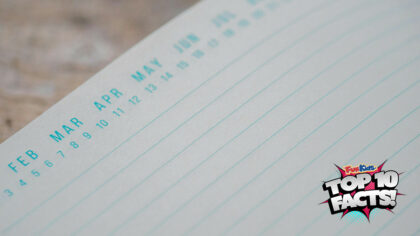We all use electricity every day – from charging our mobile phones and watching TV to cooking food. But have you ever thought about where it comes from? Well, we’re on a mission to explore the WHAT, HOW and WHY behind the electricity we use and find out some cool stuff about how things are changing.
Electricity is certainly one of the most important forms of energy that we use to power everyday life. And the way we produce and use it is changing as we work to protect the environment.

Let’s start at the start (as that’s a pretty good place to begin):
Where does the electricity we use come from?
Electricity is created in a number of ways – from burning carbon fuels like coal and gas, to renewables such as water, solar and wind. There are places that produce electricity all over across the UK and so a big part of the job is carrying that electricity from where it’s produced to the towns and cities where we live, work and play.
It’s sort of like blood being carried around our bodies in veins and arteries – helping to get blood and oxygen to where they’re needed.
Important control rooms work hard to balance the electricity being produced with the electricity we need, making sure there’s always enough for everyone, and that the electricity is always there when and where we need it.

And something REALLY cool is that as well as transmitting and distributing all that electricity, networks are working towards a clean energy ‘net zero future’.
That’s where there’s a zero balance between the amount of greenhouse gases being put into the atmosphere and those taken out. Some of the ways this is achieved is by connecting up renewable sources and sharing green electricity with Europe through ENORMOUS undersea cables.
Sometimes this might mean exporting – or sending electricity overseas when we are creating more than we need. And other times, importing or receiving electricity back when we can’t create enough ourselves.
Of course, demand for electricity can spike suddenly, like when people put the kettle on after a major event they’ve watched on the TV.
Whilst there’s a mix of ways to create electricity, given climate change you might be thinking- why don’t we JUST use renewable energy?
Renewable electricity sources are certainly growing in number, but there aren’t enough just yet to produce all the electricity we use. And often where it’s good to create electricity using wind and water, is miles away from where people live and work. It’s also difficult to carry electricity over long distances or to store it in quiet periods to use when demand increases.

We need to set priorities (deciding what things we think are important). For example, the electricity we use needs to be clean – to protect the environment and reduce emissions to help tackle climate change.
The way it’s used needs to be fair – it’s got to be something everyone can make use of, not just people in a particular part of the country or who use electricity at particular times. And it must be affordable – without energy we can’t heat our homes or cook our food or travel the length and breadth of the country. It’s something we all need – however much money we have.
By keeping these three priorities as a compass, we can navigate some of the difficult decisions around the way we reduce emissions and do their part to help stop the negative impact on the planet.
However, change can’t happen overnight! It can take time to find the answers and develop technology that can create a cleaner and greener world.
But somethings DO need to happen now! And that means creating jobs to help us reach this goal. There’s a whole range of new careers being created that will equip us with the skills to make a change. These are called ‘green jobs’ and will contribute towards the net zero ambition.
Some cool jobs in the future might be working on ways to reduce waste, or coming up with new and improved was of creating renewable energy.
We know there will be lots of jobs focusing on things that will help the environment, like electric vehicle charging, developing hydrogen as a new fuel, storing energy in batteries when not needed so it’s not lost, as well as capturing and storing harmful greenhouse gas emissions say underground.
Marina Ventura: Energy Explorer is made with support from Grid for Good by the National Grid





